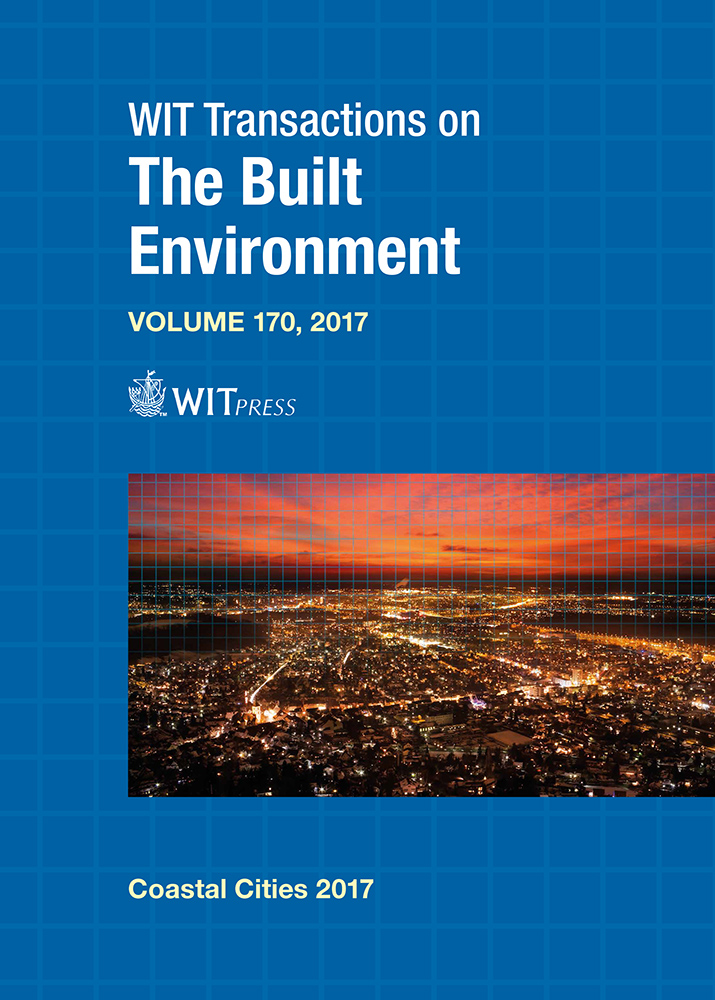ENHANCING THE URBAN QUALITY OF LIFE: A CASE STUDY OF A COASTAL CITY IN THE METROPOLITAN AREA OF ROME
Price
Free (open access)
Transaction
Volume
170
Pages
11
Page Range
127 - 137
Published
2017
Size
2,229 kb
Paper DOI
10.2495/CC170131
Copyright
WIT Press
Author(s)
FABRIZIO CUMO, FRANCESCA ROMANA CURRELI, ELISA PENNACCHIA, GIUSEPPE PIRAS, ROSSELLA ROVERSI
Abstract
The present paper concerns an environmentally sustainable neighborhood planning project, as part of the smart community, located in the municipality of Ladispoli, in the Metropolitan area of Rome, along the Tyrrhenian coast. The project was designed as a solution to two current issues, involving all the major urban areas of the Northern Hemisphere: the ageing population and the young New Immigrants Citizens integration; the purpose is, therefore, to create an intergenerational space of mutual support and exchange among the local residents. The latter includes residential buildings NZEB (net zero-energy building) that are eco environment-friendly, designed with new building technologies based on the reuse of the main municipal solid waste, facilities minimization and the integration of renewable energy sources. The complete utilization of the local waste production in order to realize modules with low environmental impact is a key requirement to increase the overall environmental sustainability of buildings. An additional distinctive feature of this proposition is linked to the requirement of the dwelling flexibility, enabling those who live in it to easily adapt the apartments to their changing needs during a lifetime, also facilitating the integration among the different generations. The common thread of sustainability involves not only the housing project but also the dimension of a wider space, where green space plays a key role. Urban greenery is not by itself a boundary line between areas and activities, but attempts to re-establish equilibrium and natural functions that are essential for citizens’ quality of life. The residential complexes are inserted in a planimetric urban design with leaflike shape and functions; some of the strong points of this project are the use of local and renewable resources, the use of active systems for energy production and passive technologies to reduce CO2 emissions, and the improvement of air-quality-enhancing green spaces.
Keywords
environment, NZEB, age-friendly, upcycle, FER, sustainable development, coastal zone management, built environment, quality of life, floating port, urban planning





